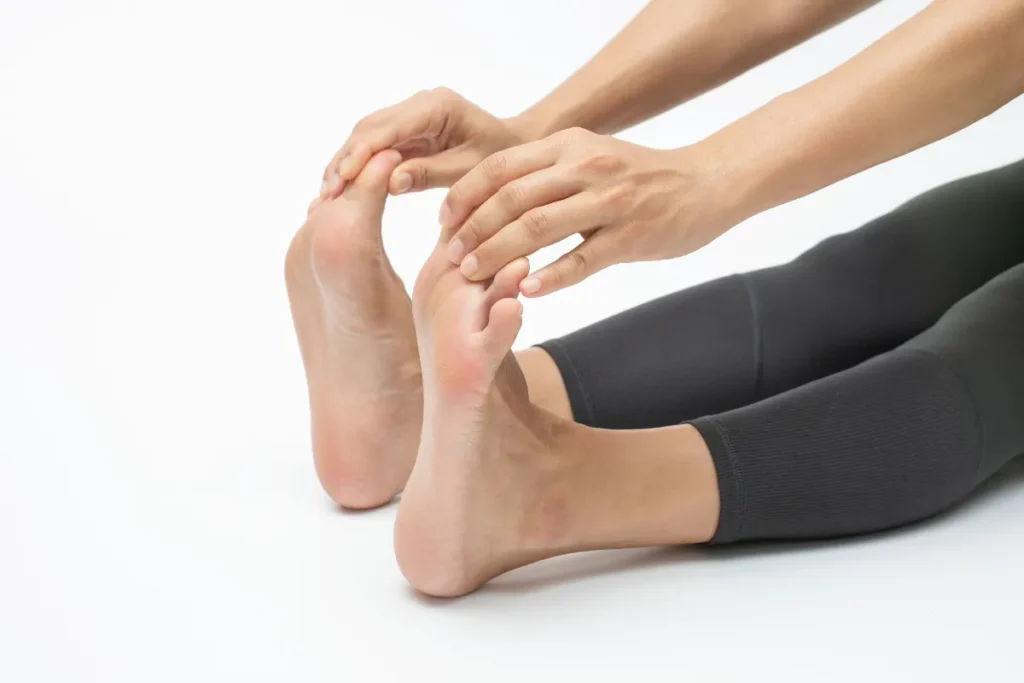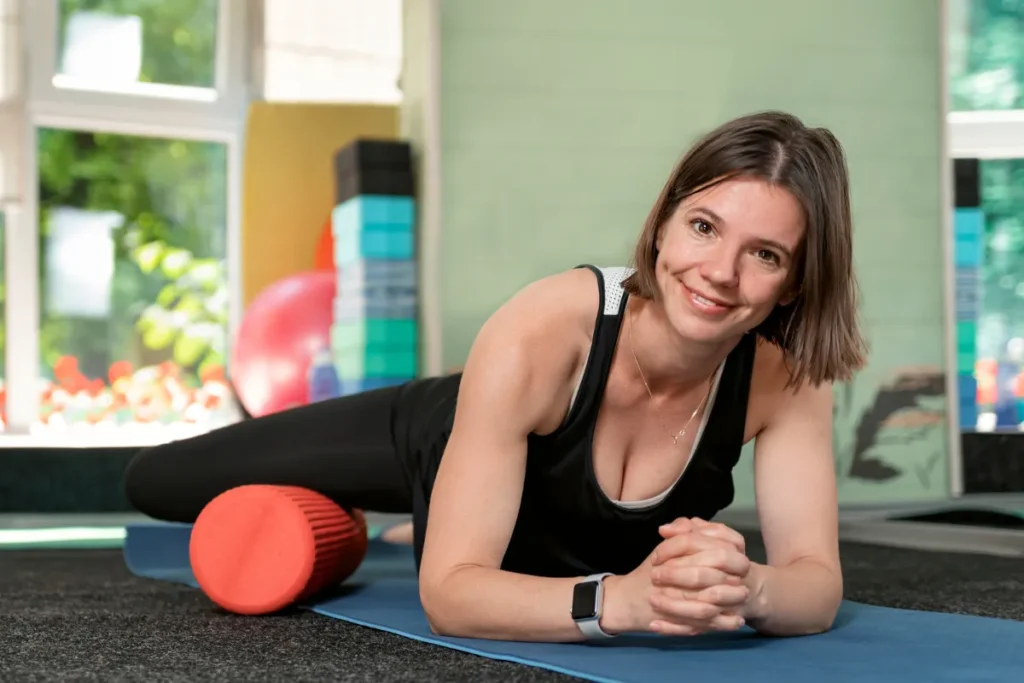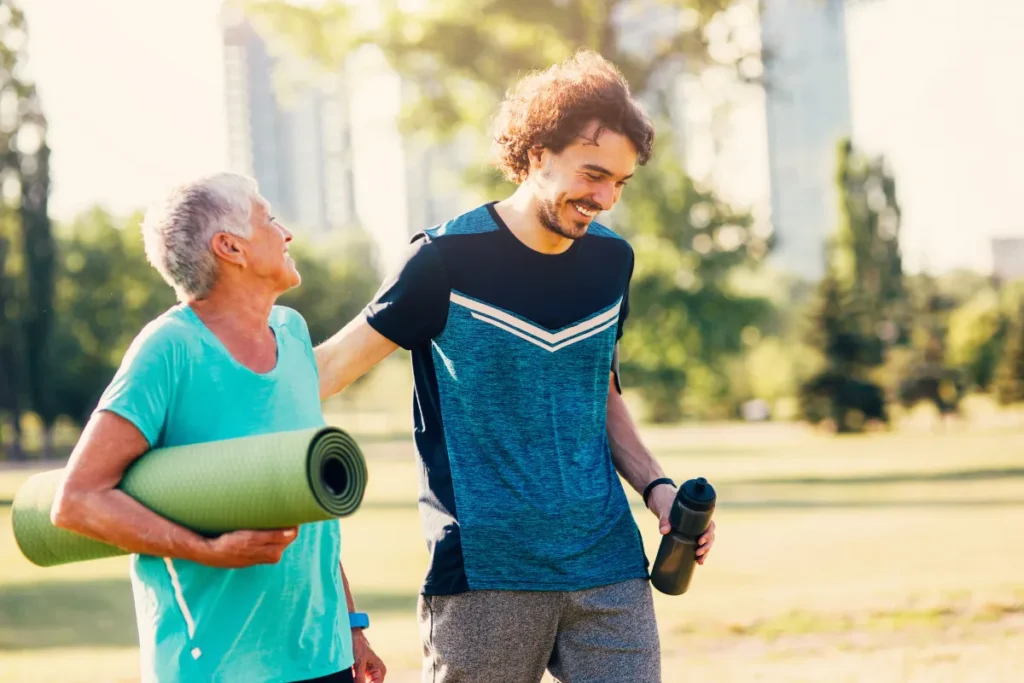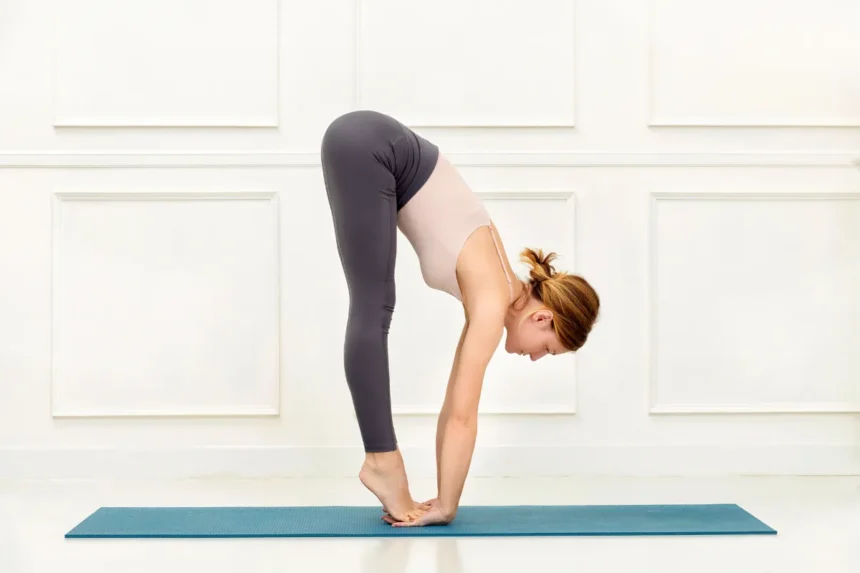Yoga has gained immense popularity in recent years for its myriad health benefits, including improved flexibility, strength, and mental well-being.
However, like any physical activity, yoga is not without its risks, and practitioners may encounter various injuries or discomforts, one of which is commonly referred to as “yoga butt.”
In this comprehensive guide, we’ll delve into what exactly “yoga butt” is, explore its underlying causes, and provide practical strategies for prevention and rehabilitation.
What is “Yoga Butt”?
“Yoga butt” is a colloquial term used to describe a specific type of injury or discomfort that affects the gluteal muscles, particularly the gluteus medius and minimus.
It typically manifests as pain, tightness, or inflammation in the buttocks or outer hips, often accompanied by difficulty performing certain yoga poses or movements that require hip stability and strength.
While the term “yoga butt” may suggest a singular condition, it actually encompasses a range of issues related to overuse, strain, or imbalance in the muscles surrounding the hips and pelvis.
These issues can arise from various factors, including improper alignment, repetitive stress, muscle weakness, or inadequate recovery.
Common Causes of “Yoga Butt”:
Overuse and Repetitive Stress:
Practicing yoga frequently, especially classes that emphasize repetitive movements or sequences targeting the hips and glutes, can lead to overuse injuries.
Performing poses like Warrior II, Warrior III, or High Lunge repeatedly without adequate rest or variety in movement patterns may strain the gluteal muscles and surrounding structures over time.
Poor Alignment:
Misalignment during yoga poses, such as improper hip positioning or excessive inward rotation of the thighs (known as “hip dumping”), can place undue stress on the gluteal muscles and contribute to discomfort or injury.
Additionally, hyperextending the lumbar spine or overarching the lower back in poses like Downward Facing Dog or Wheel Pose may exacerbate strain on the buttocks.
Muscle Imbalances:
Weakness or imbalance in the muscles of the hips and pelvis, including the gluteus medius and minimus, can disrupt normal movement patterns and stability, increasing the risk of injury.
This imbalance may result from sedentary lifestyle habits, prolonged sitting, or a lack of targeted strength training exercises for the glutes.
Tightness and Restricted Mobility:
Tightness or inflexibility in the muscles surrounding the hips, such as the hip flexors, hamstrings, or piriformis, can restrict range of motion and alter biomechanics during yoga practice.
Reduced mobility in these areas may predispose individuals to compensatory movements and excessive strain on the gluteal muscles.
Prevention Strategies for “Yoga Butt”:
Focus on Proper Alignment:
Prioritize alignment cues and mindful awareness during yoga practice to maintain optimal positioning of the hips, pelvis, and spine.
Engage the core muscles to support the lumbar spine and avoid overarching the lower back.
Work with a knowledgeable yoga instructor who can provide individualized guidance and corrections.
Incorporate Variability in Movement:
Diversify your yoga practice by exploring a wide range of poses, movements, and sequences that target different muscle groups and movement patterns.
Incorporate restorative poses, gentle stretches, and balancing exercises to promote overall muscular balance and prevent overuse injuries.
Strengthen the Glutes:
Incorporate targeted strength training exercises for the gluteal muscles into your fitness routine to improve muscular endurance, stability, and resilience.
Exercises such as bridges, clamshells, squats, and lunges can help build strength in the gluteus medius and minimus while supporting proper hip alignment.
Prioritize Recovery and Rest:
Allow adequate time for rest and recovery between yoga sessions to prevent cumulative fatigue and overuse injuries.
Incorporate rest days into your weekly schedule and prioritize activities that promote relaxation and muscular recovery, such as gentle stretching, foam rolling, or massage therapy.
Rehabilitation Techniques for “Yoga Butt”:
Rest and Ice:

If you experience acute pain or inflammation in the buttocks or hips during or after yoga practice, prioritize rest and apply ice packs to the affected area to reduce swelling and discomfort.
Avoid aggravating activities or movements that exacerbate pain, and consult with a healthcare professional if symptoms persist.
Stretch and Mobilize:

Incorporate gentle stretching and mobility exercises to alleviate tightness and improve flexibility in the hip muscles.
Focus on stretches that target the hip flexors, hamstrings, piriformis, and outer hips to restore range of motion and alleviate tension in the gluteal region.
Foam Rolling and Self-Myofascial Release:

Use a foam roller or massage ball to perform self-myofascial release techniques on the gluteal muscles and surrounding tissues.
Apply gentle pressure to areas of tension or discomfort and roll slowly to release adhesions and improve circulation.
Be mindful to avoid excessive pressure or discomfort, especially if the area is inflamed.
Gradual Return to Practice:

Once symptoms have subsided and mobility has improved, gradually reintroduce yoga practice with a focus on proper alignment, mindful movement, and gradual progression.
Start with gentle, low-impact poses and gradually increase intensity and duration as tolerated.
Listen to your body’s cues and avoid pushing through pain or discomfort.
In Conclusion:
“Yoga butt” is a common concern among yoga practitioners, characterized by pain, tightness, or discomfort in the gluteal muscles and outer hips.
While it can be caused by various factors such as overuse, poor alignment, muscle imbalances, or tightness, it is often preventable and manageable with proper awareness, alignment, and rehabilitation techniques.
By prioritizing proper alignment, diversifying movement patterns, strengthening the glutes, and incorporating targeted rehabilitation strategies, individuals can mitigate the risk of “yoga butt” and enjoy a safe and fulfilling yoga practice.
Remember to listen to your body, honor its limitations, and seek guidance from qualified instructors or healthcare professionals as needed to support your journey towards optimal health and well-being through yoga.

